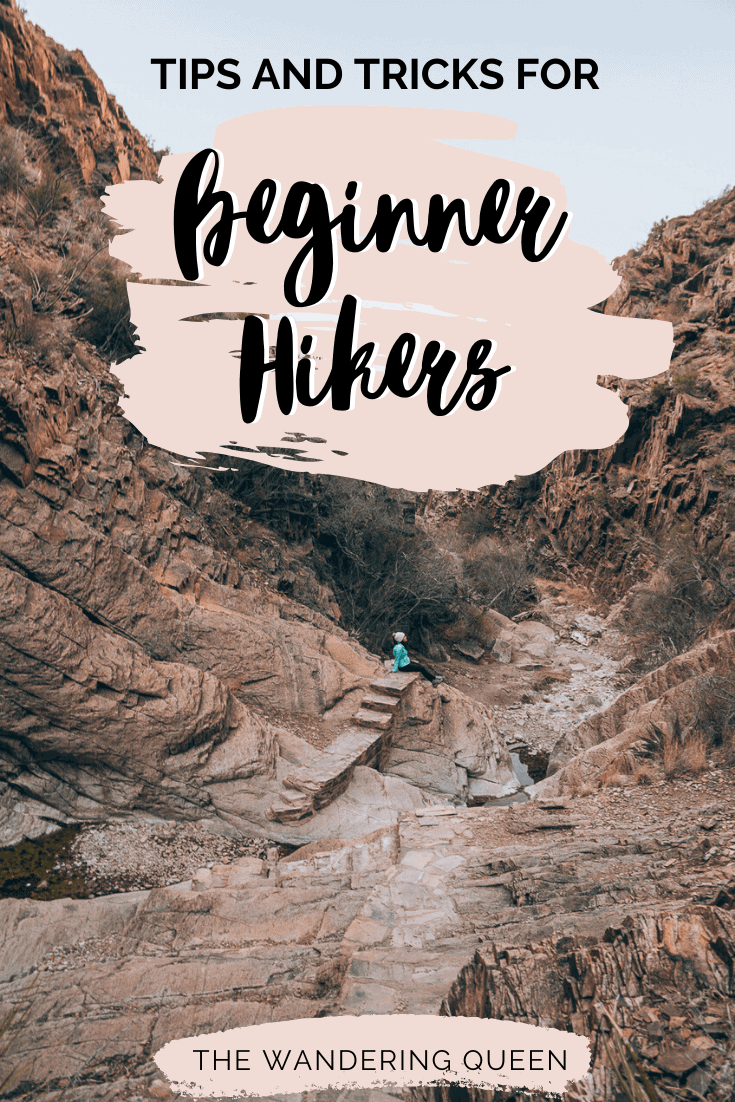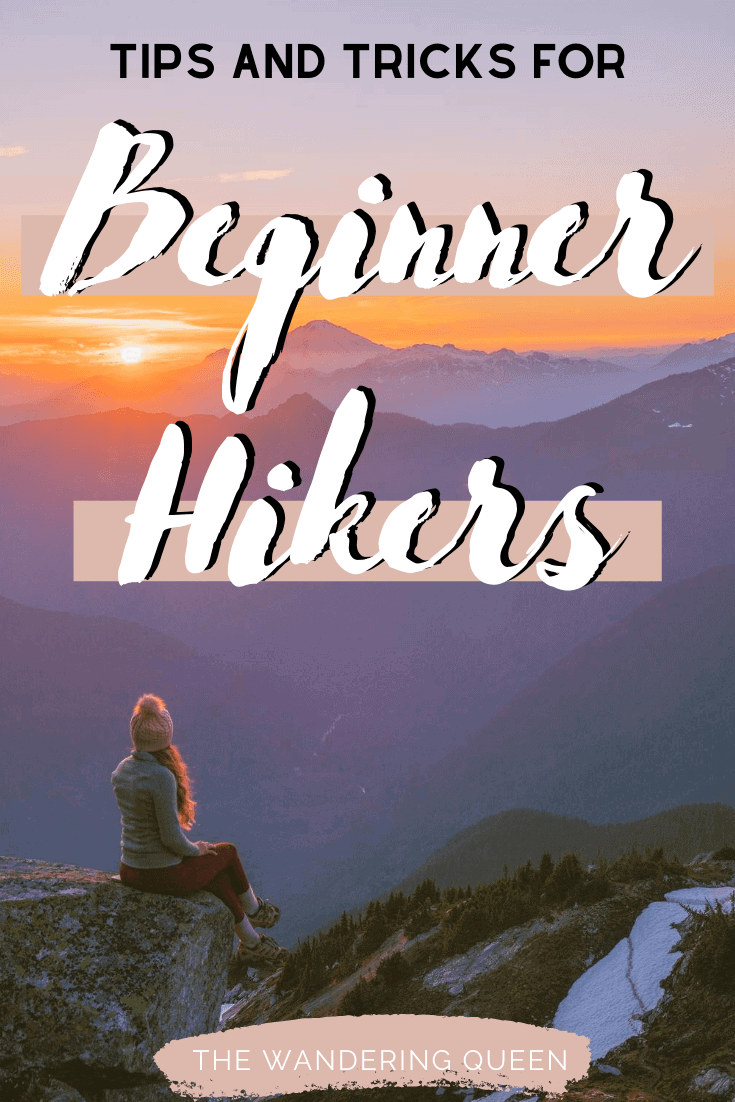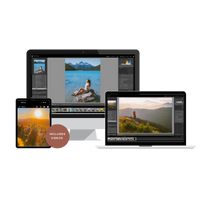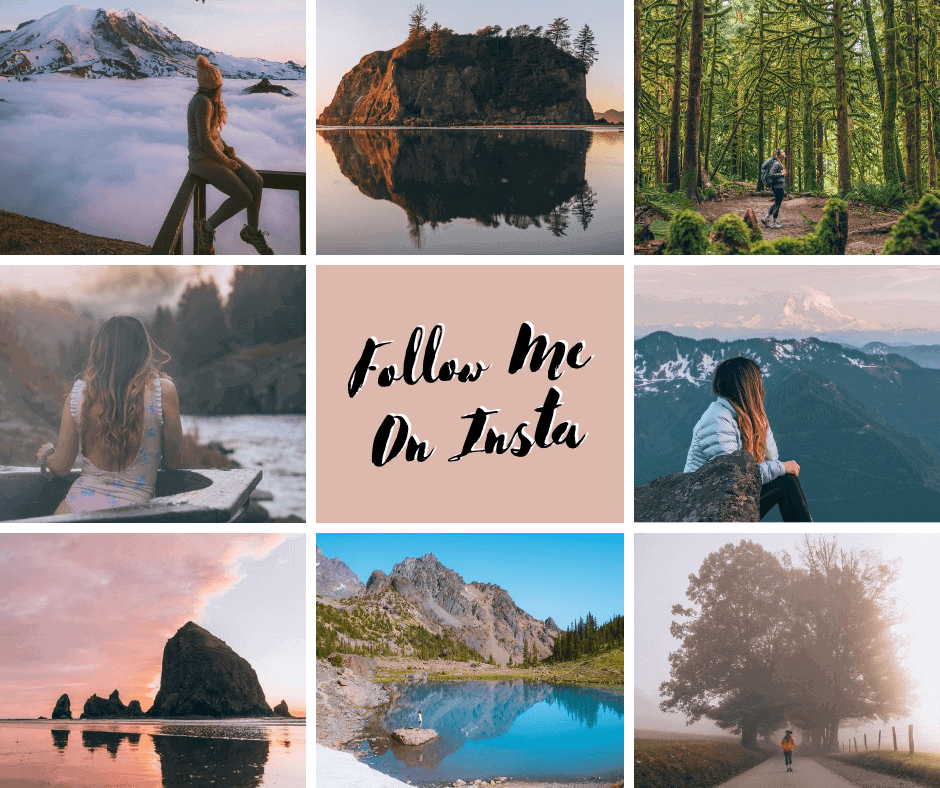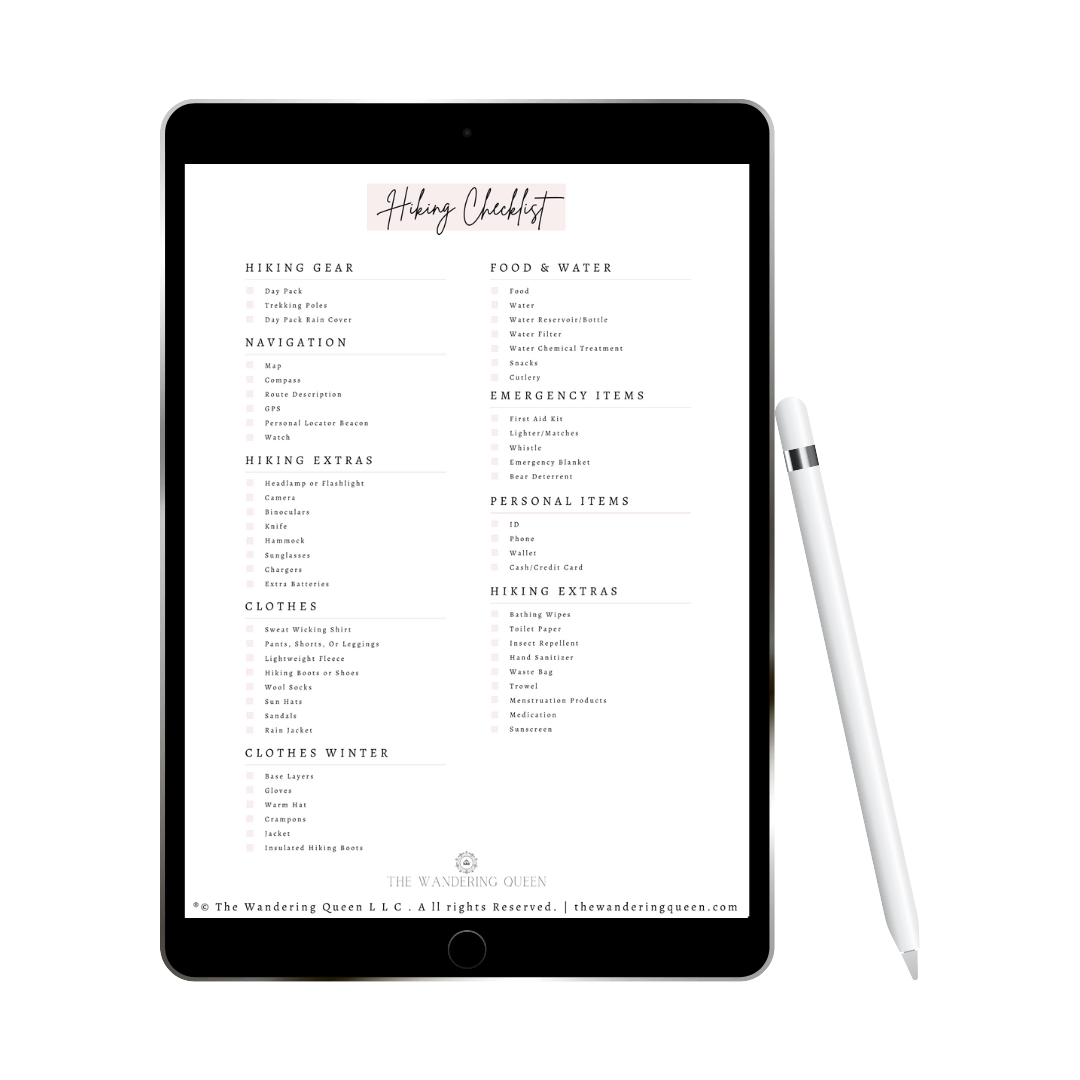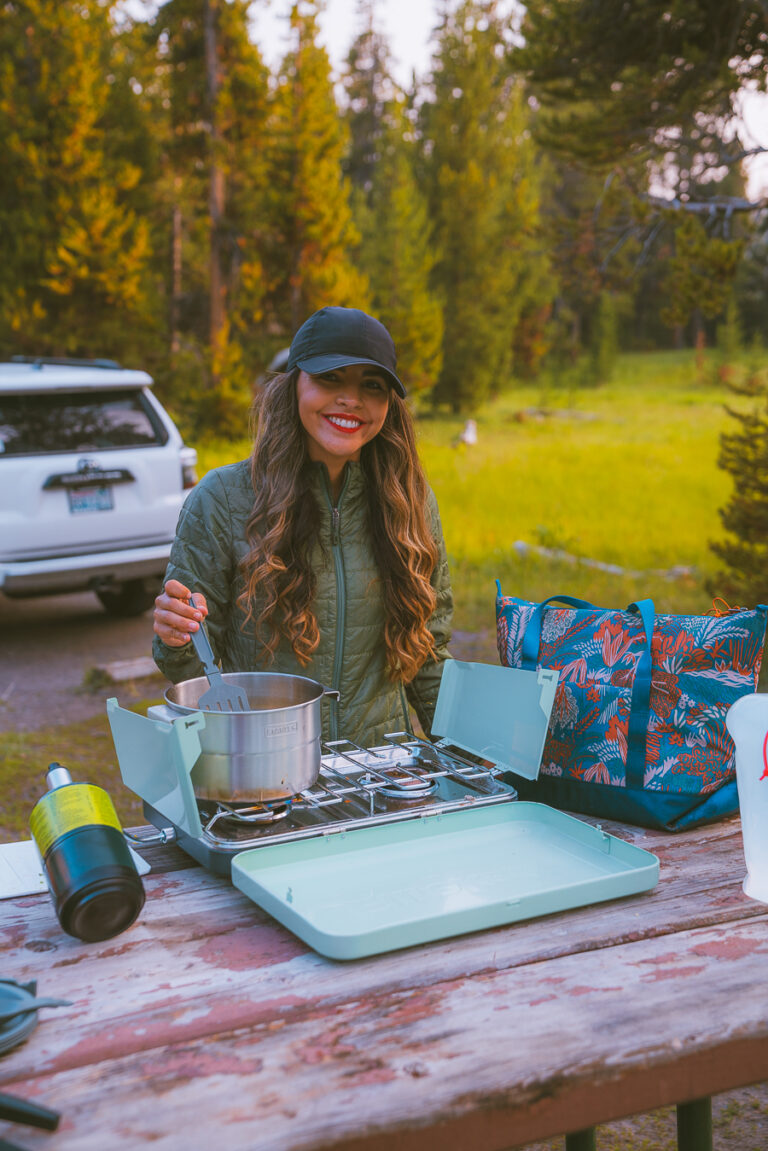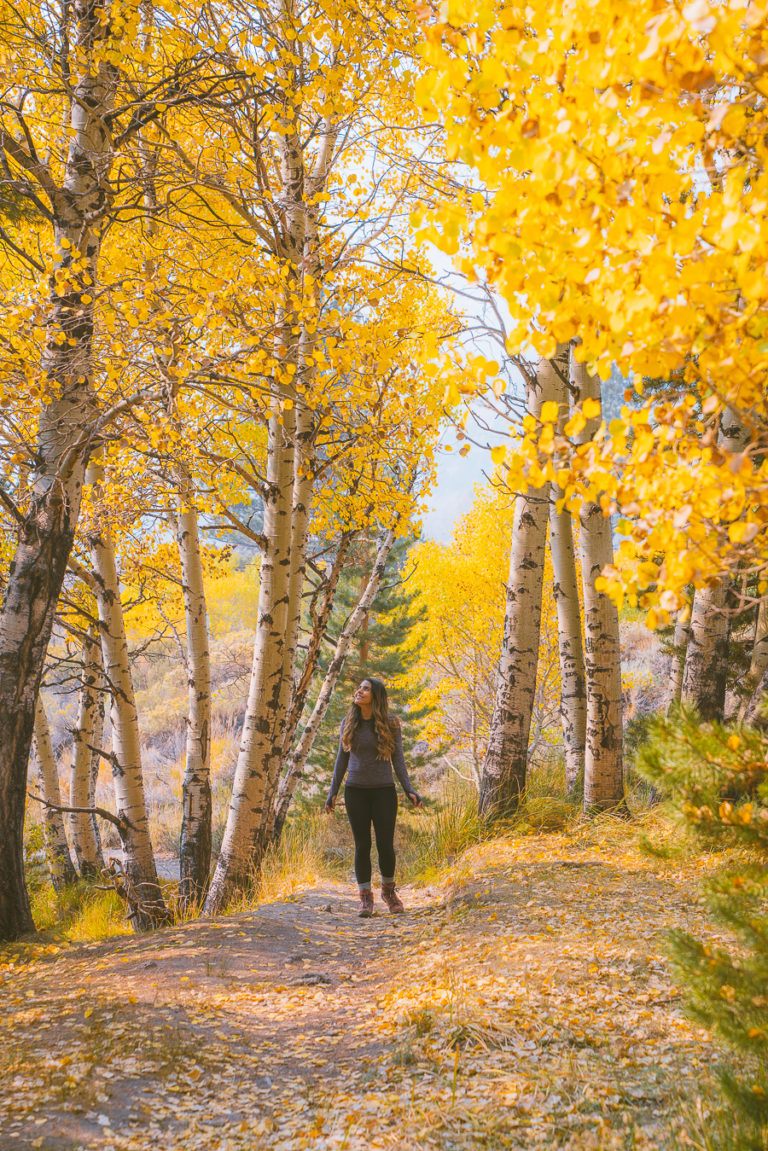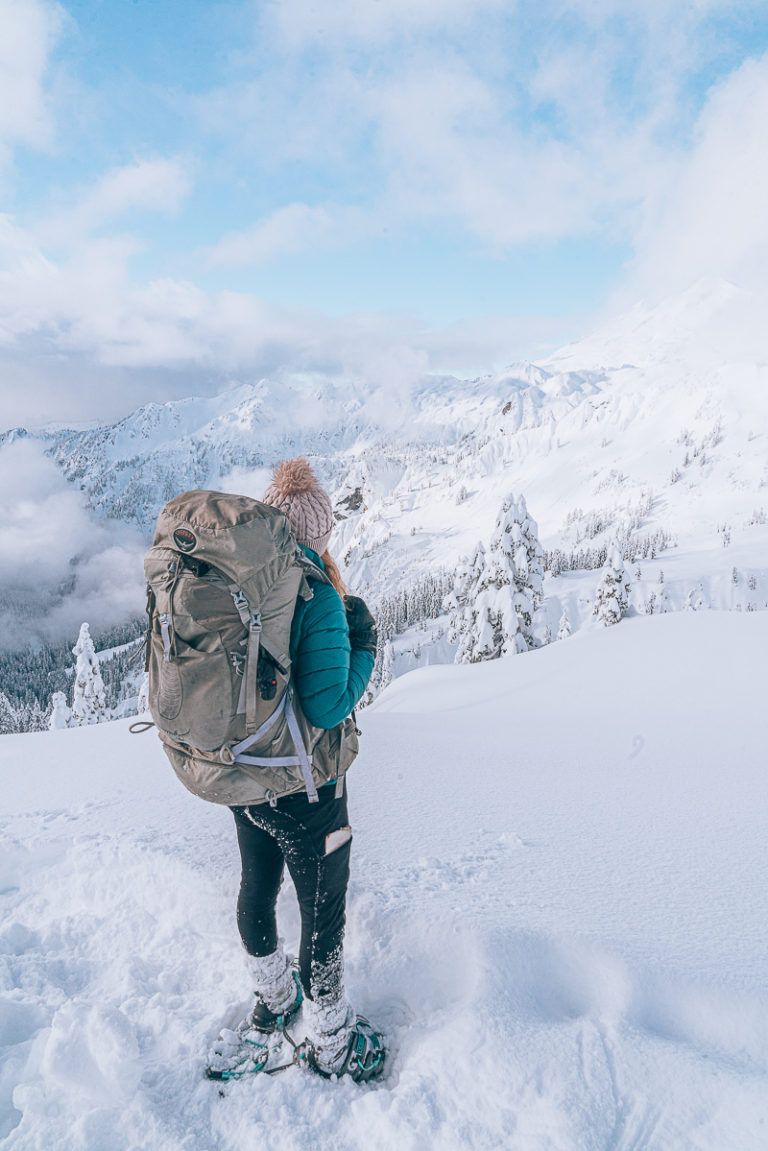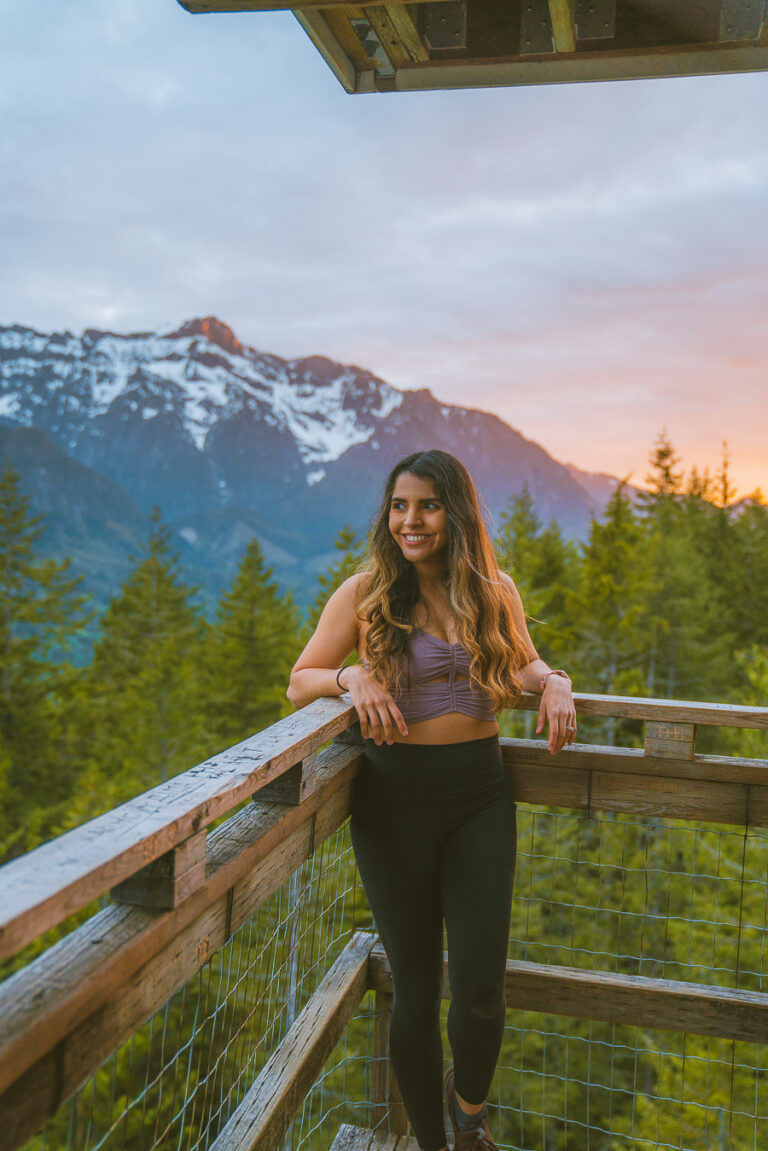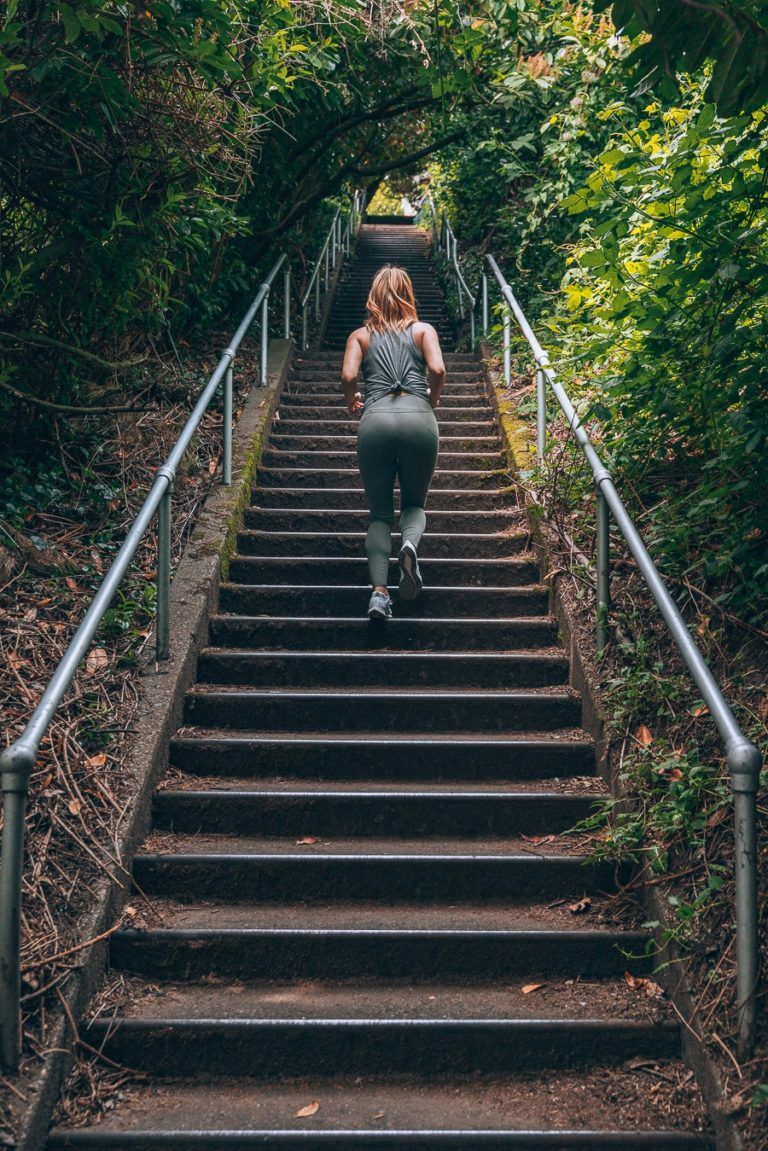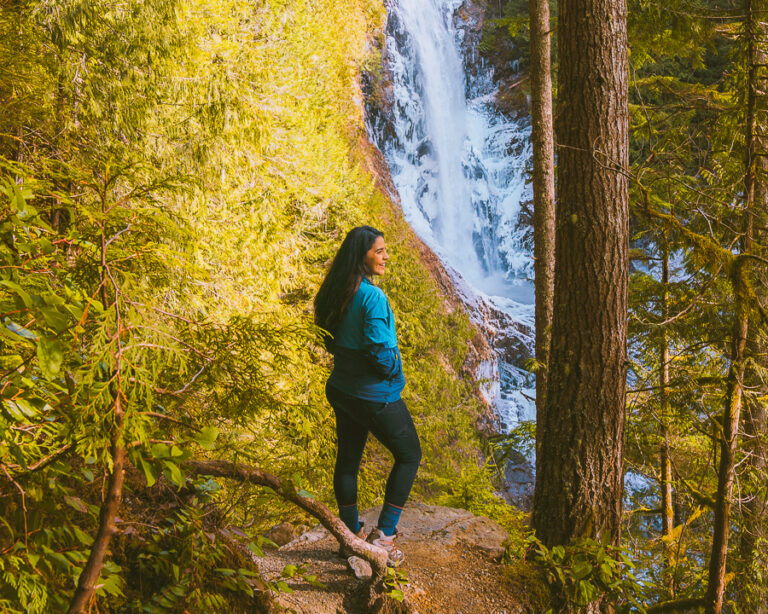Hiking For Beginners: Hiking 101 Tips
Hiking can be one of the most liberating and fun experiences you have ever had. But it is not an easy hobby. Hiking can be strenuous, scary, and uncomfortable. But if you have the right gear, knowledge, and confidence, you can hike to some pretty extraordinary places. All the hiking for beginner tips and tricks I have listed, will help you experience some of the most beautiful places in the world. I am not going to lie, it might take a lot of practice, patience, and experience to become a hiking expert. But after hiking for years, I promise you that the sweat and tears are worth it! Now read on to learn how to start hiking!
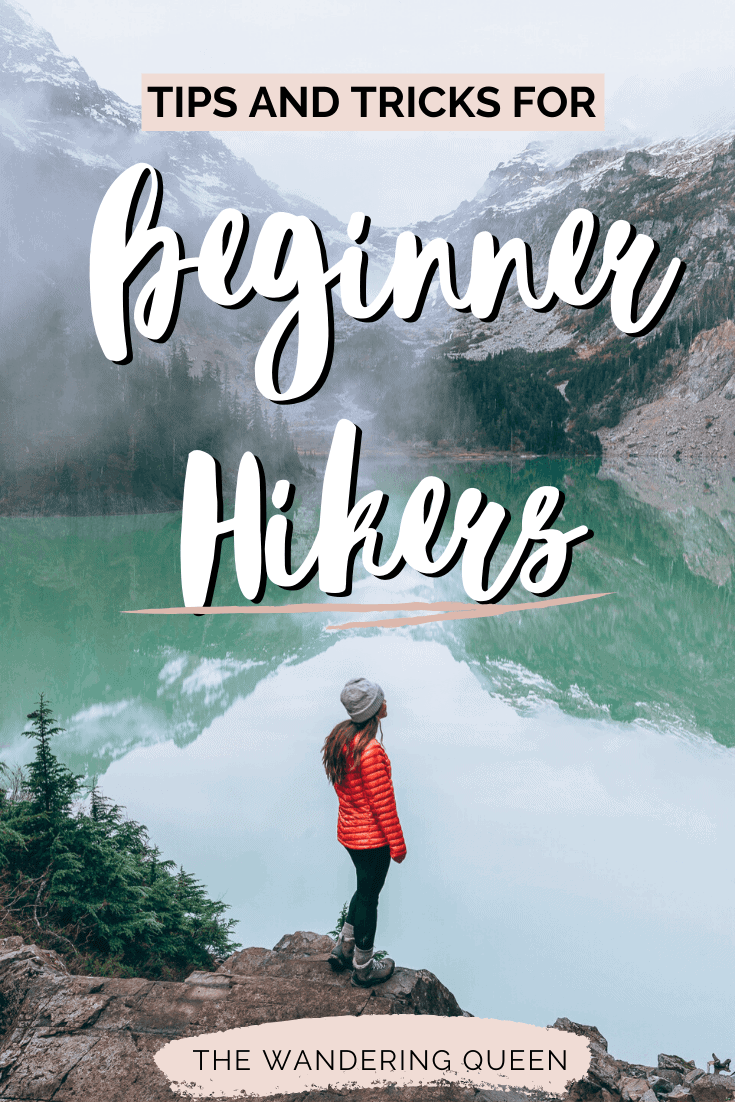
Disclosure: This post contains affiliate links. If you click one of them, I may receive a small commission (for which I am very grateful for) at no extra cost to you.
Download my free Outdoor Photography Guide
Hiking For Beginners: Hiking Tips and Tricks
How To Choose Hiking Trails For Beginners
For your first hike, I highly suggest choosing a trail that is short, easy, and relatively flat. Hiking can be extremely exhausting. If you start difficult, you run the risk of hating hiking, and then you move on and never do it again. Plan your hike according to your fitness level.
1-4 miles is a great starting point and with an elevation gain of fewer than 800-1000 feet. Elevation gain can make a huge difference to the difficulty of the hike. So it might take longer then you might think if the elevation gain is intense.
Weather is another significant factor in choosing hikes. When it is raining, I tend to select waterfall hikes or forest hikes. I always adjust my equipment for the weather, and I ask rangers for their opinion. If the trail is too hot or if it is too snowy and I don’t have the correct equipment for that particular hike. Then I might rethink doing that trail. It is ok to turn around if you feel unsafe or if the weather gets too crazy. Remember the mountain will always be there.
I do use Alltrails to find my hikes and to keep a record of all the hikes I complete. I do have the pro version so I can see the trails when I have no signal (which happens quite often).
Getting Over Your Hiking Fears
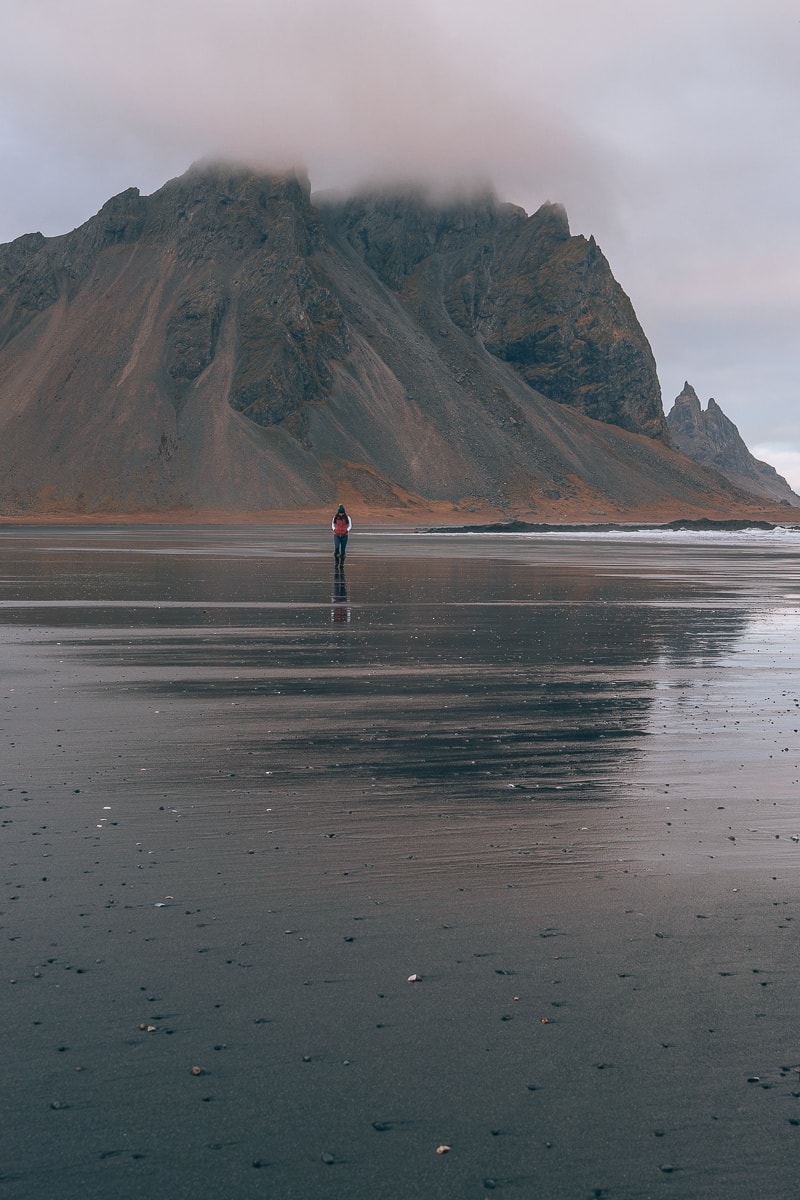
Different fears prevent people from hiking. The main concerns are getting lost or getting attacked by an animal.
When it comes to getting lost, I recommend studying your map and compass before the hike. You can learn how to read it here. I also like to have the All Trails App Pro on my phone to see where I am on the trail. I also make sure that my phone is charged, and I also have an external charger.
When it comes to animals, I think you should read up on the animals you will encounter in your area. Most people are afraid of bears. I can tell you right now that I am more worried about people, then I am of bears. I have seen many bears on my hikes, but they were black bears, not as aggressive as the grizzly bears.
I noticed that after I saw my first bear, my irrational fear of them went away. The bears seem to not care I was there and went on their way. I still think you should read about bear safety in case you encounter them. I always carry bear spray, a knife and trekking poles.
I wrote a blog post on how to get over your hiking fears: Check it out Here
Hydration
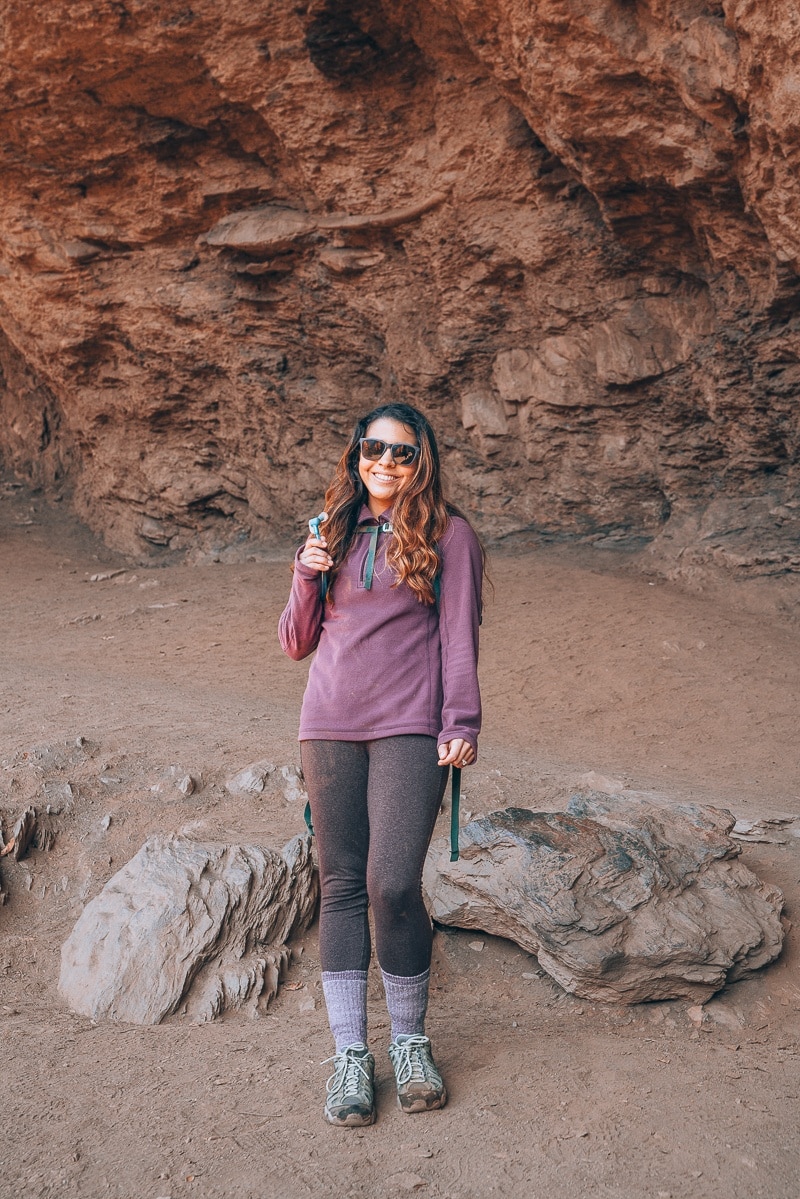
I list hydration under the ten essentials, but I have also listed it here, due to how vital drinking water is when you are hiking.
Many people drink water from a water bottle when they go hiking, but if you want to make sure you stay hydrated, I recommend investing in a hydration pack.
The main problem with water bottles is that you have to stop to take a sip. You have to reach over, get the water out, then open it. It can be a pain if you are hiking at a good pace. The pain of taking out your water bottle can mentally stop you from taking a drink, which can lead to dehydration.
When you drink out of a hydration reservoir, the hose is right next to your face so you can easily drink while hiking, and it won’t interrupt your pace. I do want to note that it took me years to finally switch over to a hydration reservoir, and now I love it! I also want to note that I don’t recommend them in the wintertime. The hose can freeze.
Check out my Water Reservoir: Buy It Here
Leave A Trip Plan With A Friend
It is essential to leave your itinerary with a friend or a family member. A lot of hikes do not have cell service. Try to give them a timeline of when you think you will be done. Add time for taking pictures, getting tired, breaks, etc. Add some cushion time. There are so many times that I have thought I would be done in time X, but it took me longer than time X.
To avoid not having service, you can buy a personal locator beacon where you can text friends and family and send out an SOS signal in case of an emergency. But it is expensive, and you have to pay monthly for it. >>>Check out the PLB here
Understand Your Map
Study the map before your hike, not during your hike. Bring a physical map. Cell phones can die, and a map is exceptionally reliable. Look for landmarks and highways. Make sure you know how to use a compass beforehand. >>>Here are some tips on using a compass.
I also bring an external charger with me on the trail. I combine a physical map and cell phone apps so I can be extra safe.
Hiking Gear For Beginners
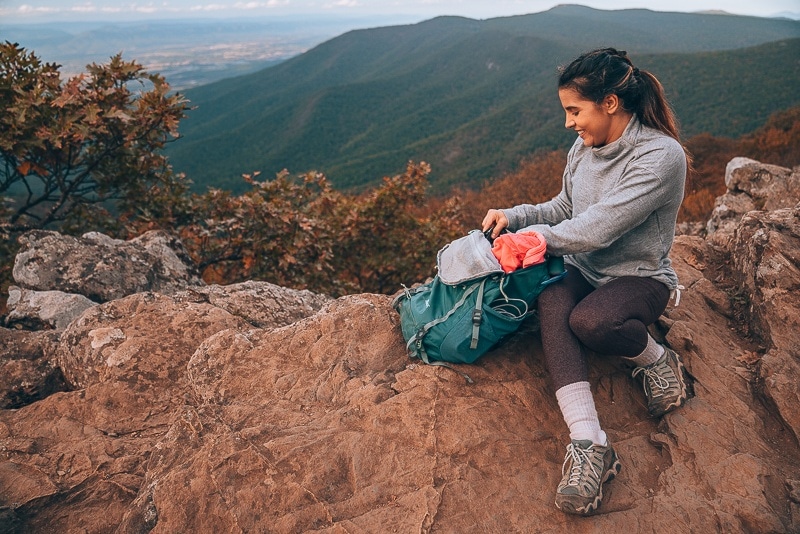
If there is only one thing you take away from this blog post, then I would say it would have be, to always carry the ten essentials. The ten essentials help with safety. These small items can help save your life, so I always recommend hiking with them, even on easy short hikes. I like to think that the extra weight makes you into a stronger hiker. The ten essentials include:
- Navigation like map and compass
- Sun protection like sunscreen and a sun hat
- First aid kit
- Firestarter
- Hiking tools like a knife
- Pack extra water/water filter
- Extra food
- Emergency Shelter
- Headlamp
- Extra Clothes
I wrote a whole blog post on the ten essentials: Read The Blog Post Here
Get Good Hiking Footwear
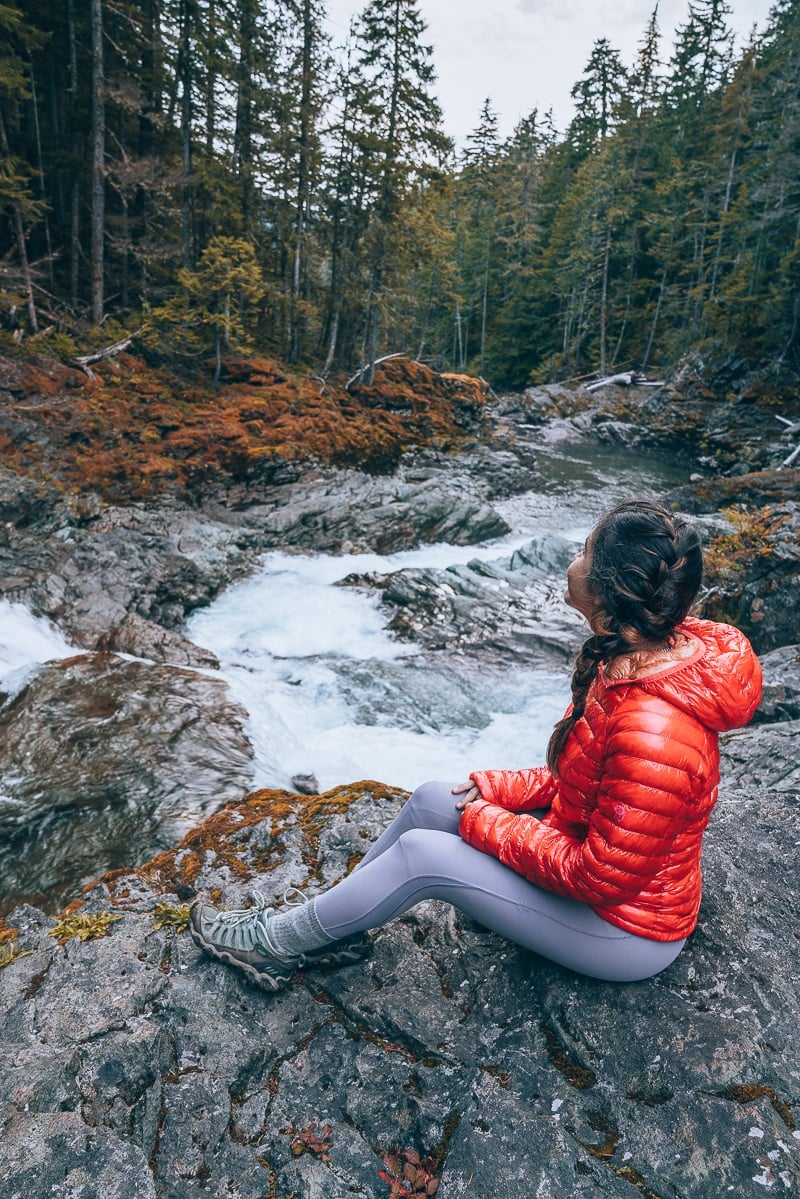
Having the correct type of shoes for hiking is very important to me. You see, hiking can be hard on your feet. Feet are what will get you from point A to point B, so you need to take care of them. You don’t want to regret getting on that trail.
First, I recommend getting shoes that are specifically made for hiking. Not your workout shoes, hiking shoes. Why should you spend money on these shoes, when your Nikes work perfectly fine around the city? Because you will be uncomfortable if you don’t invest in hiking boots/shoes.
Good hiking shoes/boots have protection around them. So if you hit your shoes on a tree or a rock, it will not hurt.
Good hiking shoes have an impressive grip when walking down rocks or slippery areas.
Good hiking shoes/ boots are also waterproof. This will help you cross streams or avoid having wet soggy feet, which will prevent hypothermia.
Good hiking boots provide you great ankle support to help prevent your ankles from giving out. I usually wear hiking boots on long strenuous hikes because my ankles tend to give out when I get tired.
I used to hike with Nikes. The day I tried hiking boots/shoes, I never looked back. >Check out the Hiking Shoes I recommend >Check out the hiking boots I recommend
Layering
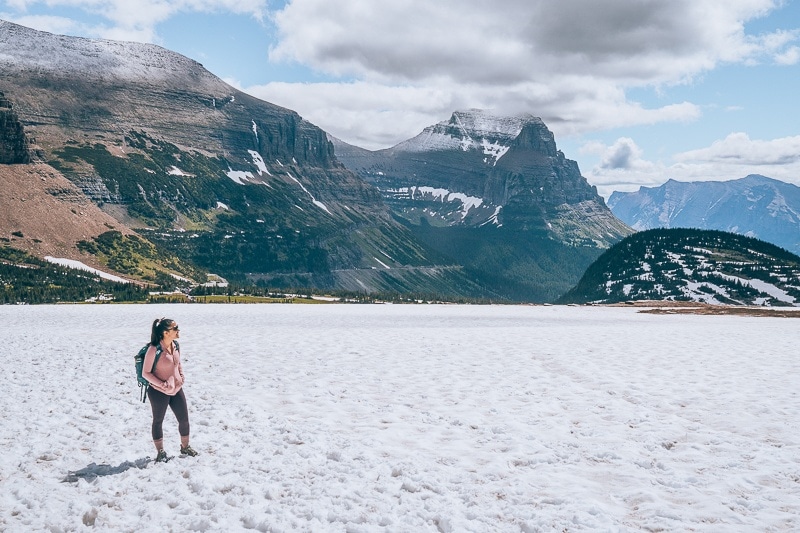
Layering is the key to hiking comfortably and safely. I always carry with me a warm insulated jacket, a fleece sweater, hiking pants, and a rain jacket. I don’t always use them, but when I do, I am grateful that I have them.
The thing with hiking is that the temperatures can change so quickly. One time I was hiking at Mount Rainier with only a sports bra and pants on, and it was still hot as hell. An hour later, a cloud came over, and I was freezing! So I put on two more layers. I saw so many people on the trail that looked miserable because they had only one layer on. A short-sleeve shirt.
It can be a pain to carry so many clothes but trust me, you will be safe and warm. Bringing extra layers is how you can prevent hypothermia. The key is to try to be as comfortable as possible. If you are hot, take off clothes. If you are cold, put on clothes. Sweating too much can lead to damp, wet clothes, which can lead to hypothermia, so the less you are sweating, the better.
I wrote a post on what to wear hiking: Read The Blog Post Here
Hiking Groups for Beginners
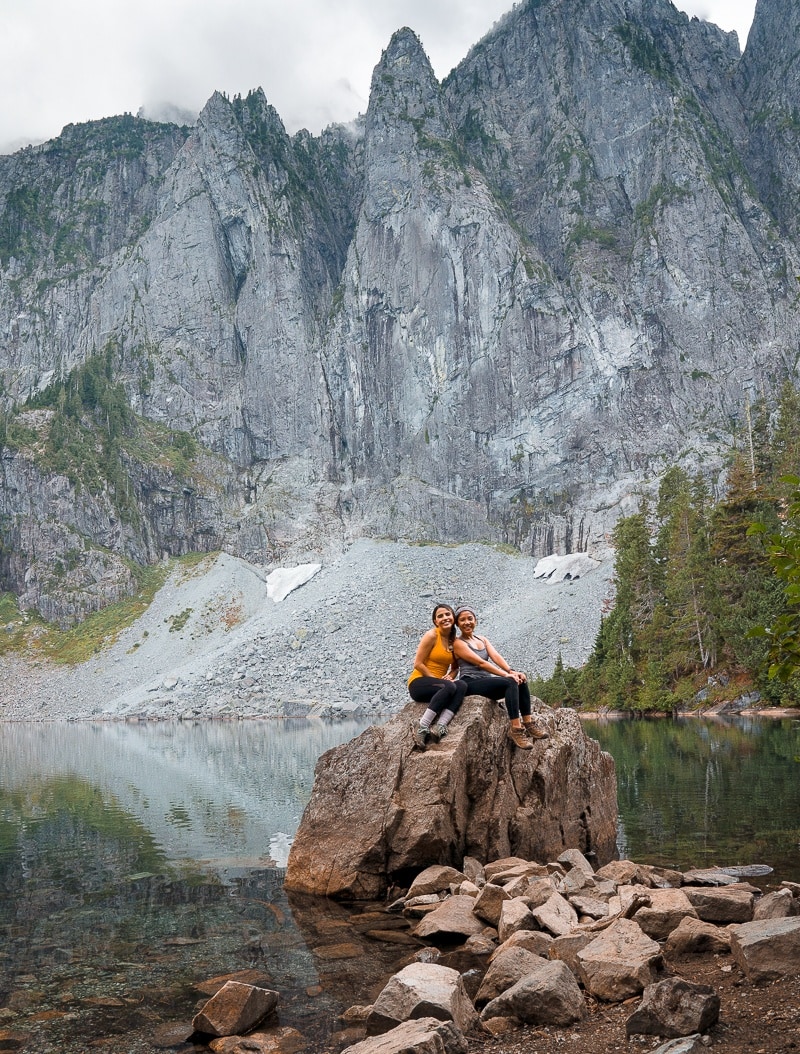
Many people don’t start hiking because they feel like they have no one to go with. That problem can be resolved by joining local Facebook groups or online groups such as Meetups. Don’t let not having a hiking partner get in the way. I have also hiked alone, which can feel intimidating for someone just starting. But if you follow certain tips from my hiking solo blog post, it might help. I also have a Hiking Facebook Group you can join!
Grab Your Free Car Camping Checklist! 🚗🌲
Ready to elevate your car camping game? Snag our essential checklist to ensure you’ve got everything you need for a stress-free, fun-filled adventure! Perfect for beginners and seasoned campers alike. Download now and hit the road prepared! 🌟🎒
Hiking Etiquette
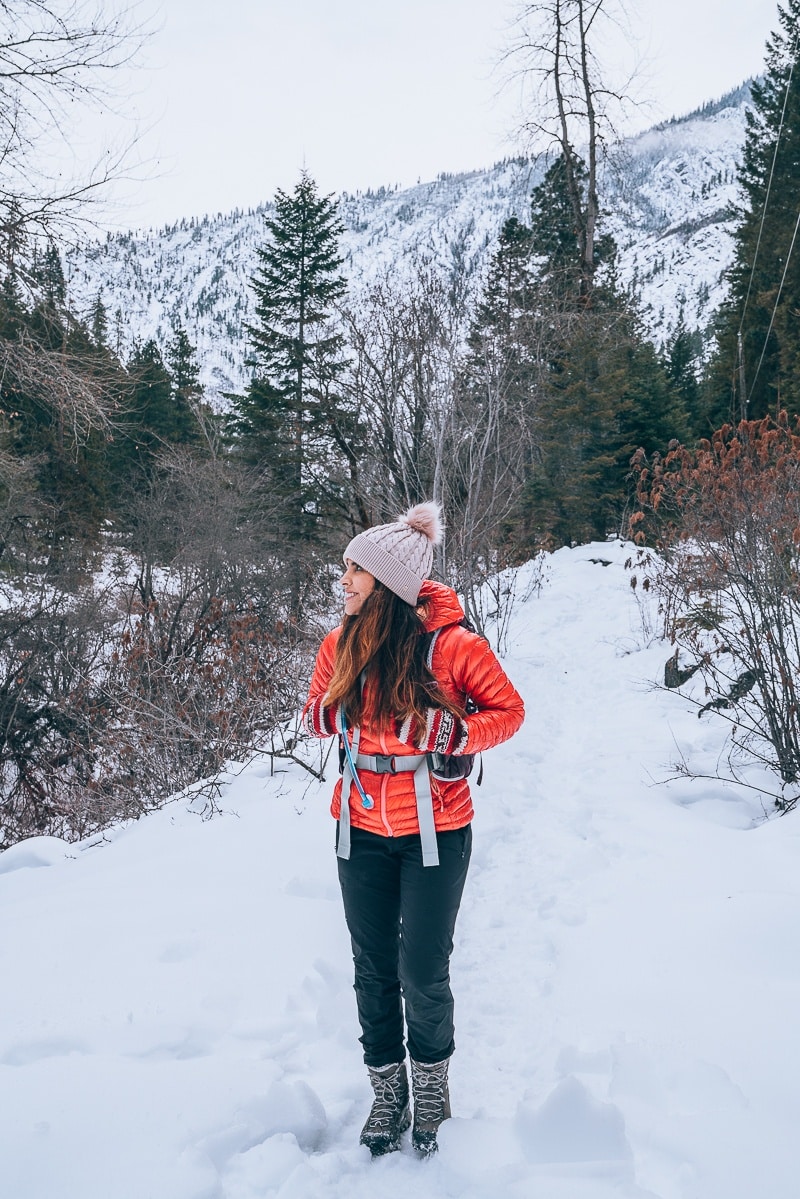
When it comes to hiking, who has the right of way? A good portion of beginner hikers has no idea. Heck, I didn’t for a few years! But if you don’t want to seem rude on the trail (Trust me people do get offended), then you need to learn hiking etiquette.
So here are the rules, which are very easy to follow:
- People going uphill has the right of way
- People behind you going faster have the right of way.
- Horses have priority, followed by hikers, and then bikers.
- Dogs should always be on a leash
That’s it! Hiking etiquette is super simple, but sadly a lot of people don’t know about etiquette. But now you do so you won’t be deemed as the rudest person on the trail!
Leave No Trace Behind
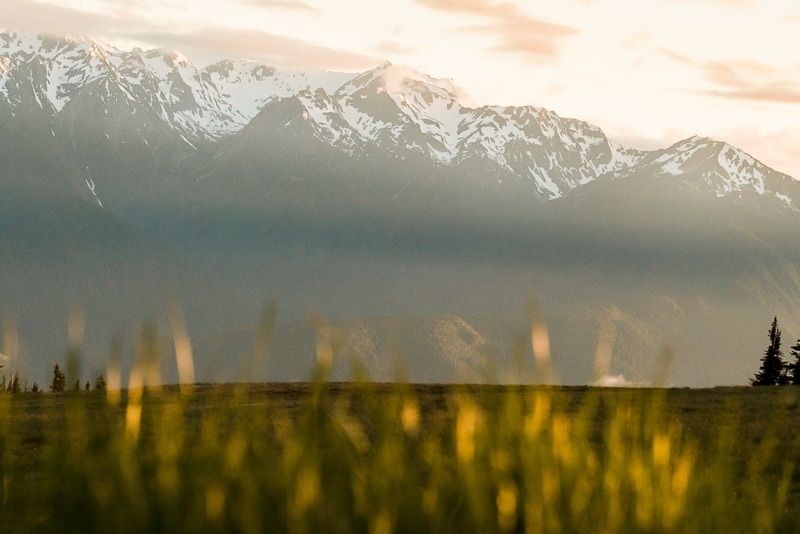
One of the best tips for hikers is to learn about the “Leave No Trace Behind” initiative. What exactly is “Leave No Trace Behind”? It is an essential principle to make sure you leave the beautiful outdoor spaces just as you saw it when you got there. So no throwing trash or food (that includes you sunflower seeds), leave animals alone, try not to make much noise, respect other visitors, and try not to get off the trail. Your feet can trample and kill sensitive flowers or plants.
You can read more on these principles here : The Seven Leave No Trace Principles
Final Thoughts On Day Hiking For Beginners
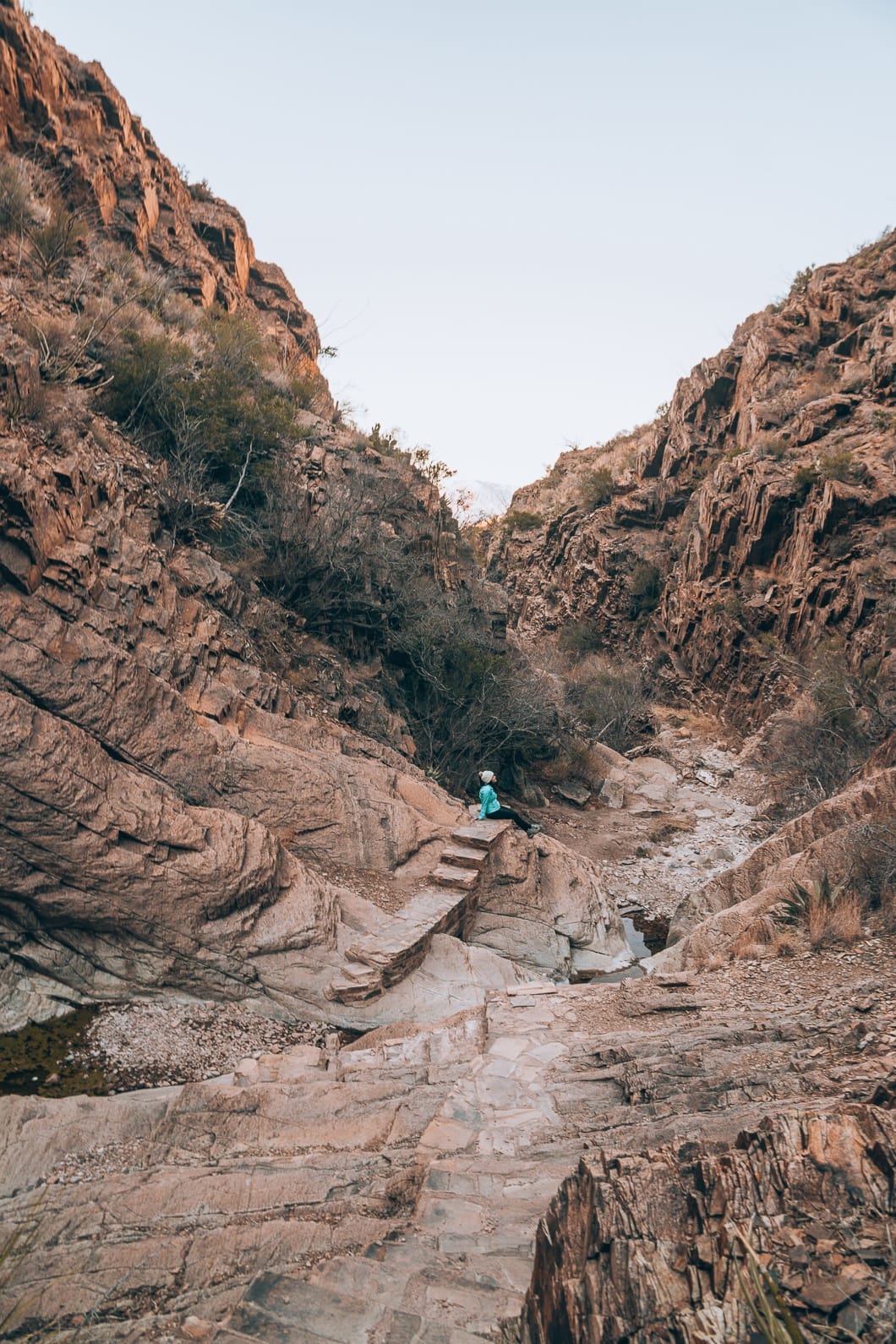
Alright, you have finished reading some of the best tips when it comes to hiking. But there is soooo much more you can learn about the outdoors so please check out some of my other hiking articles so you can become a hiking badass:
- What to pack for hiking: Hiking Essentials For Beginners
- Get over your fear of hiking
- What to wear hiking
- 9 Day Hiking Course: Basic Hiking Skills Course
- Soft Hiking: Enjoy Nature & Movement at Your Own Pace

Claim your FREE Hiking Checklist
Ready to start hiking? Grab my free hiking checklist and never forget anything at home!
Beginners Hiking Tips: Pin For Later
